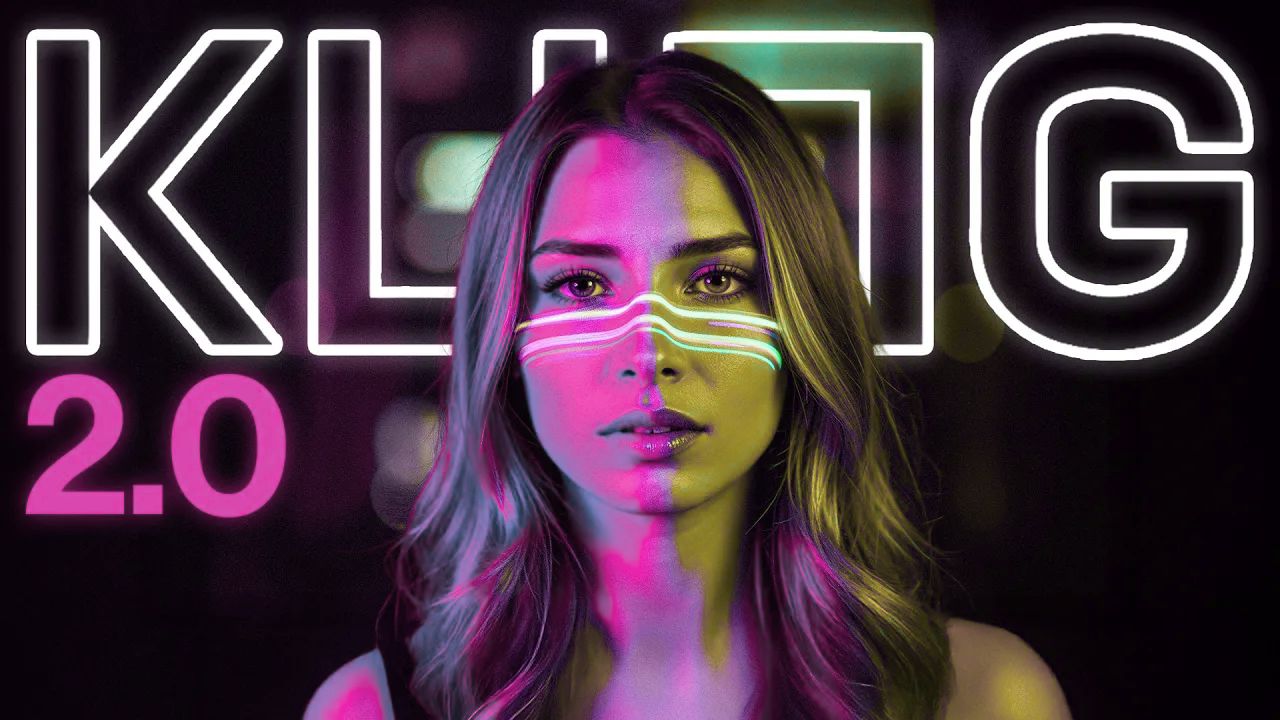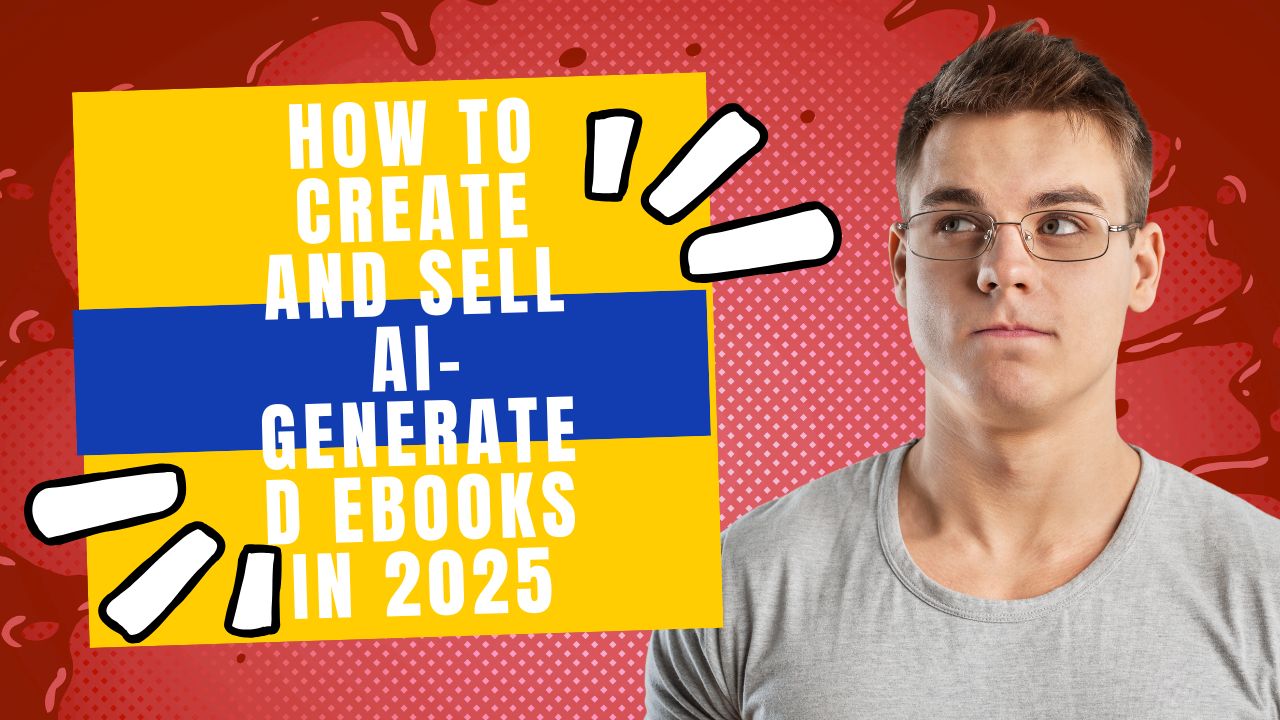The AI video generation market is exploding. Valued at an impressive $534.4 million in 2024, projections estimate it will skyrocket to $2.56 billion by 2032. This surge is fueled by the increasing demand for scalable and cost-effective video production solutions across various industries. But with so many AI video generators vying for attention, how do you choose the right one?
This article provides an in-depth comparison of three major players in the AI video generation space: Kling AI 2.0, Runway Gen-4, and Google VEO. We’ll dissect their features, analyze their performance in head-to-head tests, and explore their practical applications. Whether you’re a content creator, marketer, or business owner, this guide will equip you with the knowledge to make an informed decision and leverage the power of AI in your video production workflow.
The Evolution of AI Video Generation
The rise of AI video generators isn’t just a fleeting trend; it’s a fundamental shift in how video content is created and consumed. Understanding the market context and technical foundations of this technology is crucial to appreciating its potential.
Market Context
The AI video generator market is experiencing exponential growth, driven by several factors:
- Rising adoption of generative AI models: These models are capable of creating hyper-realistic videos, making them increasingly attractive to businesses and creators.
- Increasing demand for personalized content: AI allows for the creation of customized video content tailored to specific audiences, enhancing engagement and ROI.
- Integration with cloud-based platforms: Cloud integration enhances accessibility and collaboration, streamlining the video production process.
- Cost-efficiency: Compared to traditional video production methods, AI video generators offer significant cost savings.
- Time-saving capabilities: AI automates many time-consuming tasks, allowing businesses to scale video content production efficiently.
Asia-Pacific currently leads the market with a 31.40% share in 2024, while North America is expected to grow rapidly at a CAGR of 20.3%, fueled by a robust technology ecosystem and significant investments in AI innovation.
Technical Foundations
AI video generators leverage a combination of machine learning, deep learning, and natural language processing to automate video creation, editing, and enhancement. These tools typically work by:
- Analyzing text prompts or image inputs: Users provide a description or visual reference for the desired video content.
- Generating video frames: The AI model creates a series of images that depict the scene described in the prompt.
- Animating the frames: The model adds motion and movement to the generated images, creating a video sequence.
- Adding audio and effects: Some AI video generators can also add background music, sound effects, and visual effects to enhance the video.
Recent breakthroughs in AI video generation technology include:
- AI-driven personalization: Creating customized video content for targeted audiences.
- Enhanced integration with cloud platforms: Enabling on-demand video creation.
- Intuitive tools: Offering greater creative control and content customization.
- Improved natural language processing: Facilitating better text-to-video generation.
- Advancements in deep learning models: Producing increasingly realistic and high-quality outputs.
Detailed Analysis: Kling AI 2.0’s New Features
Kling AI 2.0 introduces several key improvements over its predecessor, making it a strong contender in the AI video generation arena. Let’s delve into the specifics of its new features.
Colors 2.0 Update
The Colors 2.0 update focuses on enhancing image quality and prompt adherence. This means that the images generated by Kling AI 2.0 are more likely to accurately reflect the user’s input and exhibit higher visual fidelity.
- Enhanced prompt adherence: The AI model is better at interpreting and executing the user’s instructions, resulting in images that closely match the desired scene.
- Improved image quality: The generated images exhibit greater detail, clarity, and realism.
Video Generation Capabilities
Kling AI 2.0 boasts significant improvements in its video generation capabilities compared to version 1.6. These improvements are particularly noticeable in:
- Enhanced dynamics and motion control: The AI model is better at creating dynamic and engaging video sequences with realistic motion.
- Prompt coherence: The generated videos more accurately reflect the user’s input, ensuring that the scene unfolds as intended.
- Visual dynamics: The videos exhibit more realistic and engaging movement, creating a more immersive viewing experience.
- Aesthetic quality: The overall visual appeal of the generated videos is significantly improved, with better lighting, color grading, and visual effects.
In a direct comparison provided by Dan Keift, the video creator, Kling 2.0 showed marked improvements. For example, in a scene depicting a girl lighting a candle, Kling 2.0 accurately portrayed the wind blowing out the flame and the girl’s smile fading, while version 1.6 failed to capture these nuances. Similarly, in a dragon scene, Kling 2.0 generated more dynamic and realistic movement, creating a more immersive experience.
Head-to-Head Comparisons
To truly assess the capabilities of Kling AI 2.0, it’s essential to compare it directly with its competitors, Runway Gen-4 and Google VEO. The video creator performed a series of tests, using the same prompts and images across all three platforms.
Emotional Scene Generation
In a scene depicting a woman staring at her phone and reacting emotionally, Kling AI 2.0 excelled at capturing the subtle nuances of human emotion. The AI model accurately portrayed the woman dropping her phone, covering her mouth, and welling up with tears, effectively conveying the intended emotion.
- Facial expressions and movements: Kling AI 2.0 demonstrated a superior ability to generate realistic facial expressions and body language, enhancing the emotional impact of the scene.
- Camera motion capabilities: The AI model effectively utilized camera movements to draw the viewer’s attention to the woman’s face, further amplifying the emotional impact.
Runway Gen-4 struggled to accurately portray the scene, while Google VEO, while following the prompt, lacked the dynamic camera movement that made Kling AI 2.0 stand out.
Action and Movement
In action-oriented scenes, such as the dragon scene and a scene featuring a Porsche driving through a tunnel, Kling AI 2.0 again demonstrated its superior capabilities.
- Dynamic camera tracking: The AI model effectively tracked the movement of the dragon, creating a more immersive and engaging experience.
- Realistic motion: The generated videos exhibited realistic and dynamic movement, enhancing the overall visual appeal.
Kling AI 2.0 maintained color consistency and showcased faster motion compared to Runway Gen-4 and Google VEO.
Character Interactions
When generating scenes with multiple characters, Kling AI 2.0 demonstrated its ability to manage complex interactions and background activity. However, the video creator noted that Kling AI 2.0 sometimes exhibited excessive morphing, requiring multiple regenerations to achieve the best results.
Specialized Use Cases
AI video generators are increasingly being used for specialized use cases that require specific effects and capabilities. Let’s examine how Kling AI 2.0 performs in these scenarios.
Natural Phenomena
Kling AI 2.0 excels at generating realistic natural phenomena, such as meteors falling from the sky and puppies floating on a raft.
- Meteor effects: The AI model effectively generated realistic smoke and clouds, conveying the fast-paced and urgent nature of the scene.
- Weather simulations: The AI model accurately simulated the gentle waves and sunbeams, creating a serene and realistic atmosphere.
- Environmental interactions: The AI model effectively portrayed the interaction between the puppy, the raft, and the water, enhancing the overall realism of the scene.
Character Transformations
In a scene depicting a man transforming into a werewolf, Kling AI 2.0 demonstrated its ability to handle complex transitions and special effects.
- Handling of complex transitions: The AI model effectively portrayed the man dropping to his knees and transforming into a werewolf, capturing the pain and struggle of the transformation.
- Special effects capabilities: The AI model generated realistic visual effects to enhance the transformation, creating a more immersive and impactful scene.
Technical Performance Analysis
Beyond the subjective visual comparisons, it’s crucial to analyze the technical performance of AI video generators.
Motion Quality
Kling AI 2.0 stands out for its motion quality, exhibiting:
- Speed ramping capabilities: The AI model can effectively adjust the speed of the video, creating dynamic and engaging sequences.
- Camera movement smoothness: The generated videos exhibit smooth and fluid camera movements, enhancing the overall viewing experience.
- Scene transition handling: The AI model effectively handles scene transitions, creating a seamless and engaging video.
Visual Fidelity
Kling AI 2.0 also excels in visual fidelity, boasting:
- Image quality comparison: The generated images exhibit high levels of detail, clarity, and realism.
- Lighting and shadow effects: The AI model effectively utilizes lighting and shadow effects to enhance the visual appeal of the videos.
- Color consistency: The generated videos exhibit consistent and accurate color reproduction, creating a more realistic and visually appealing experience.
Practical Applications
AI video generators have a wide range of practical applications across various industries.
Content Creation
- Marketing and advertising: AI video generators can be used to create engaging and persuasive marketing videos, product demos, and social media content.
- Entertainment industry: AI can assist in creating special effects, generating background scenes, and even animating entire characters.
- Educational content development: AI can be used to create engaging and informative educational videos, tutorials, and training materials.
Cost-Benefit Analysis
- Pricing comparisons: AI video generators offer a range of pricing options, from free trials to subscription-based plans, making them accessible to a wide range of users.
- Resource requirements: AI video generators require minimal resources compared to traditional video production methods, reducing costs and streamlining the workflow.
- Time savings potential: AI automates many time-consuming tasks, allowing users to create videos much faster than traditional methods.
Future Implications
The future of AI video generation is bright, with significant potential to transform the video production landscape.
Industry Impact
- Effect on traditional video production: AI is likely to disrupt traditional video production, automating many tasks and reducing the need for human intervention.
- Emerging use cases: New and innovative use cases for AI video generation are constantly emerging, driven by advancements in technology and changing user needs.
- Market predictions: The AI video generation market is expected to continue its rapid growth, driven by increasing demand and technological advancements.
Technology Roadmap
- Expected improvements: Future advancements in AI video generation are likely to focus on improving realism, customization options, and integration with other AI systems.
- Integration possibilities: AI video generators are likely to be integrated with other AI tools and platforms, creating a seamless and integrated workflow.
- Scaling potential: AI video generation has the potential to scale video production exponentially, enabling businesses and creators to produce vast amounts of content efficiently.
Conclusion
Kling AI 2.0 emerges as a powerful and versatile AI video generator, showcasing significant improvements over its predecessor and holding its own against competitors like Runway Gen-4 and Google VEO. While each platform has its strengths and weaknesses, Kling AI 2.0 excels in capturing emotion, generating dynamic movement, and handling complex scenes.
For content creators and businesses seeking a cost-effective and time-saving solution for video production, Kling AI 2.0 is a compelling option worth exploring. However, it’s essential to consider your specific needs and requirements when choosing an AI video generator. Ultimately, the best choice will depend on your budget, technical expertise, and the type of content you intend to create.
Recommended Reading: How to Create and Sell AI-Generated eBooks in 2025: A Complete Guide to Passive Income
Additional Resources
- Kling AI: https://klingaiaffiliate.pxf.io/APn5o7 (10% discount on annual plan)
- Dan Kieft’s AI Toolkit: https://dankieft.carrd.co/ (30+ AI tools and free newsletter)
- Zapier’s Best AI Video Generators: https://zapier.com/blog/best-ai-video-generator/
- HubSpot’s AI Video Generator Guide: https://blog.hubspot.com/marketing/ai-video-generator


